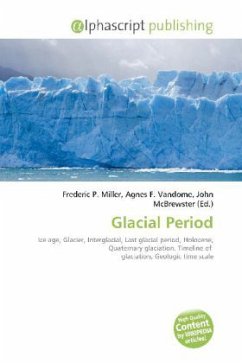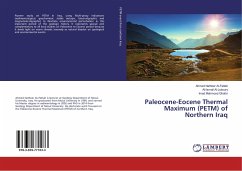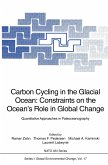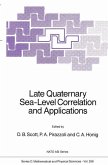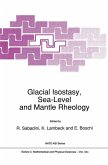High Quality Content by WIKIPEDIA articles! The Last Glacial Maximum LGM refers to the time of maximum extent of the ice sheets during the last glacial period, approximately 20,000 years ago. This extreme persisted for several thousand years. It is followed by the Late Glacial Maximum. At this time, ice sheets covered the whole of Iceland and all but the southern extremity of the British Isles. Northern Europe was largely covered, the southern boundary passing through Germany and Poland, but not quite joined to the British ice sheet. This ice extended northward to cover Svalbard and Franz Josef Land and eastward to occupy the northern half of the West Siberian Plain, ending at the Taymyr Peninsula, and damming the Ob and Yenisei rivers forming a West Siberian Glacial Lake. In North America, the ice covered essentially all of Canada and extended roughly to the Missouri and Ohio Rivers, and eastward to New York City. A person could theoretically walk from North America to Europe across the frozen north Atlantic ice sheet.
Bitte wählen Sie Ihr Anliegen aus.
Rechnungen
Retourenschein anfordern
Bestellstatus
Storno



